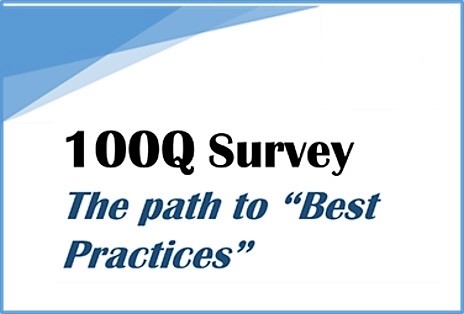
Project Postmortems which delve into the Technical issues (e.g., estimation errors, scope omissions, validation or qualification test gaps, test methodology issues, development process gaps, omitted or by-passed design rules, flawed analyses, etc.) are relatively easy to accept and implement – many of the necessary systemic changes are developed and implemented as the issues come up.
Project Postmortems which delve into the Managerial issues (e.g., communication issues, poor assumptions, inappropriate PM tools and techniques for managing and controlling project activity, leadership and teamwork issues, late requirements changes, resource availability issues, risk tolerance misunderstandings, training-related issues, process/procedure/policy adherence issues, unrealistic expectations and team buy-in issues, etc.) tend to be more personally sensitive and potentially political. Even if these are evaluated, there is a tendency to leave the real embarrassing or controversial issues out of the analysis. The problem this presents is – these are the more important issues to address as an organization striving to “Do More with Less” and improve its competitive position in the marketplace. Fixing these issues enable organizations to hone in on project management “Best Practices”.
I have a solution to the above problem – I call it the 100Q Survey. I developed it, and have used it successfully.
It is EFFICIENT – it:
It is EFFECTIVE – it:
If you or your organization is interested in finding out more, including seeing the graphical reporting please see our 100Q Presentation/PDF.
© 2018-2024, RTConfidence, Inc. | All Rights Reserved.